Planet Formation and the Core Accretion Theory
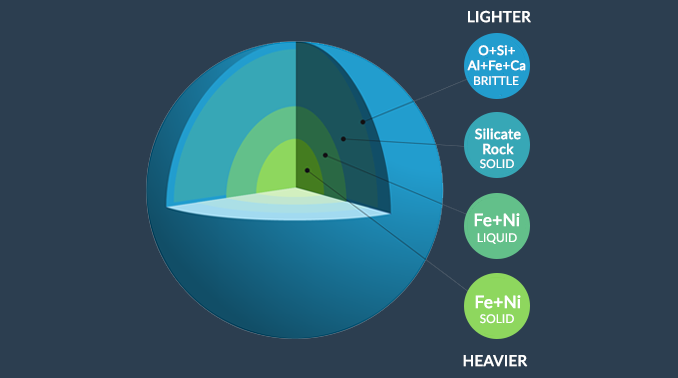
What is the core accretion theory?
The core accretion theory describes the creation of our planet and solar system.
From the inner terrestrial planets to the outer gaseous planets, it illustrates how planets become multi-layered.
The core accretion theory also outlines how gravity is a function of distance, which is the primary mechanism that molded our solar system.
Today, we’re going to go through the core accretion theory steps for how to build a real planet like Earth.
What happened during the early formation of the solar system?
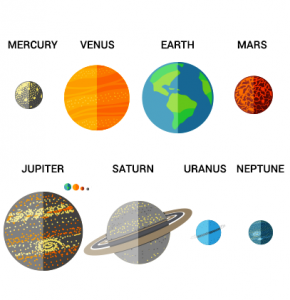
Our solar system went through a series of events that transformed it into what it is today:
- ROTATING CLOUD OF DUST: For our solar system, the core accretion theory starts with a rotating cloud of dust. Next, it accumulates pulling in 99.8% of matter. Eventually, this becomes our sun at the center of the solar system.
- SOLAR WINDS: Solar winds swept in hydrogen and helium atoms that were closer to the sun because they were smaller in size. But the sun wasn’t able to pull in heavier elements because of their heavier mass.
- COALESCENCE: Heavier elements spiraled and gelled together into planets of their own. Earth and the other terrestrial planets coalesced to form spheres. The heaviest material like zinc and iron sank to form an inner core. Finally, lighter material remained on top meshing together to create a crust.
The two opposing forces of Jupiter and the sun counteracted each other. This stabilizing tug-of-war between Jupiter and the sun is why we have an asteroid belt. Asteroids that reside there never made it to be a planet on their own.
Where did the terrestrial planets form?

Our solar system is a planetary system that includes a central star of the sun and all the natural space objects orbiting the sun. At the center of the solar system is the sun which accounts for 99.86% of the total mass.
The planets closest to the sun are the densest which include:
They are the terrestrial planets that are composed of heavier materials like iron, silicon, and aluminum.
Where are the gaseous planets?
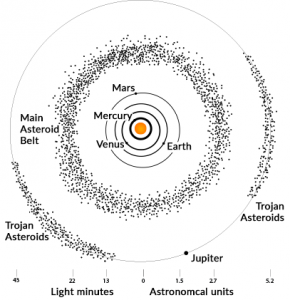
Finally, the gaseous planets are made of lighter materials such as hydrogen, helium, and methane. These planets reside on the exterior of the solar system including:
Smack dab in between Mars and Jupiter is an asteroid belt. It’s kilometers in size and comprised of odd-shaped rocks. These rocks never made it into a planet of their own because of the tug-of-war between the massive sun and the colossal size of Jupiter.
Finally, at the very outer shell of our solar system in the Kuiper Belt and Oort Cloud. These icy bodies of space debris and comets span a distance of 50,000 to 200,000 AU. There are lots of them. But they’re small and only account for a small total volume.
Planet Formation and the Core Accretion Theory
The Core Accretion Theory gives you an explanation for the formation of Earth and other terrestrial planets.
It’s rooted in the process of accretion, where solid particles gradually come together to build up larger celestial bodies.
The theory integrates principles from planetary formation theories, highlighting the crucial role of accretion in assembling the Earth’s core, mantle, and crust, providing a framework for understanding the birth and evolution of rocky planets.
Do you have any questions about the Core Accretion Theory? Please let us know in the comment section below.

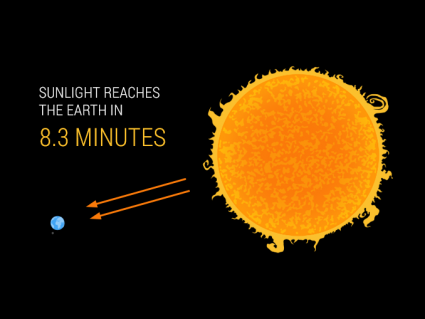
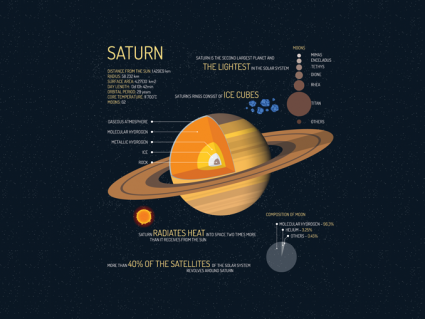
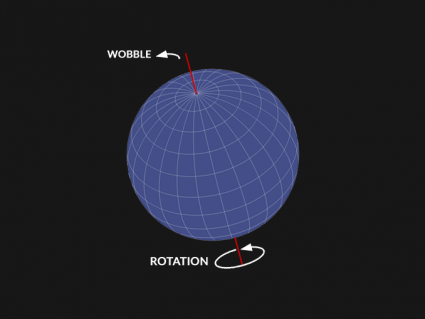
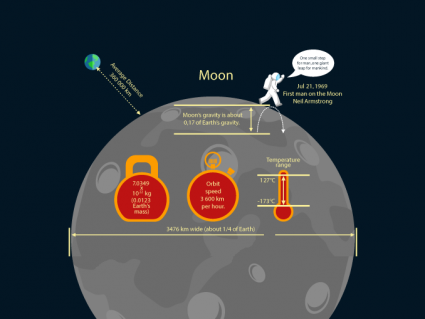
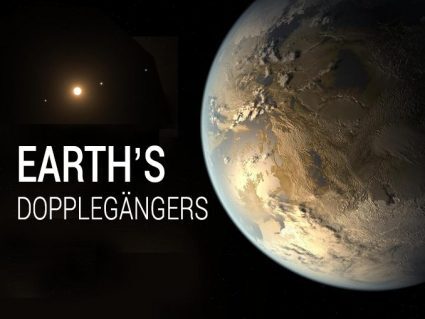
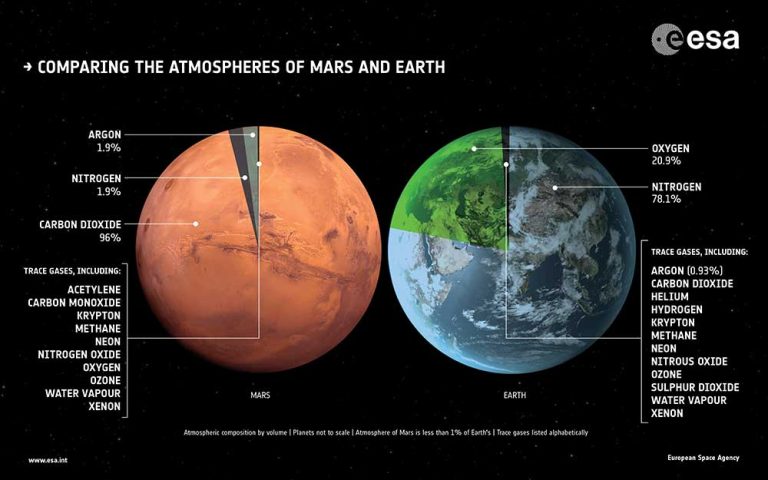
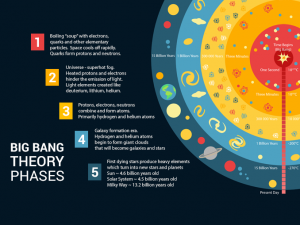
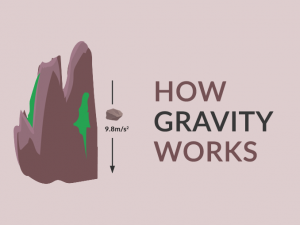
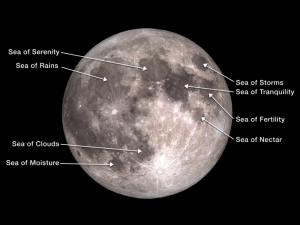
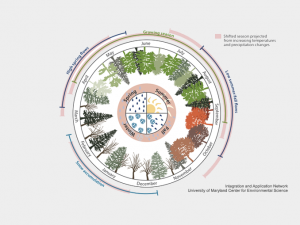

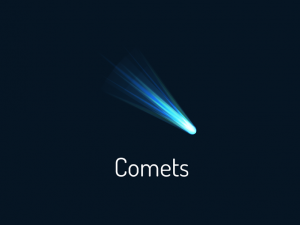

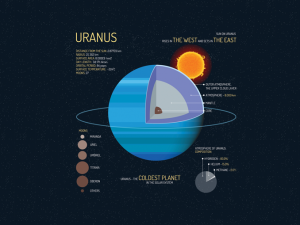
Now if you were to replace the Iron-Nickel center with a Black Hole, you would have the reason that all the material matter and gases bunch together and solidify! With “new” information on black holes saying that they are not only destructive forces of the universe after all!
So leftovers form by gas and dust formed as heavier elements to form rocky planets and the lighter elements from the gas giant in my opinion the formation of the planets is now proven by the core accretion theory that this theory backs this up.
In theory that the core accretion theory is maybe right. And not only that but 1 step in this theory 1st the sun has to form and the gas and dust are divided by heavier elements which create rocky worlds and lighter elements forms the gas giants. So in my opinion is that the core accretion model is theoretically right, and so the planet form by core, and then the surface forms later.
Good information. But I want to know the whole process of how the earth was made with this theory.